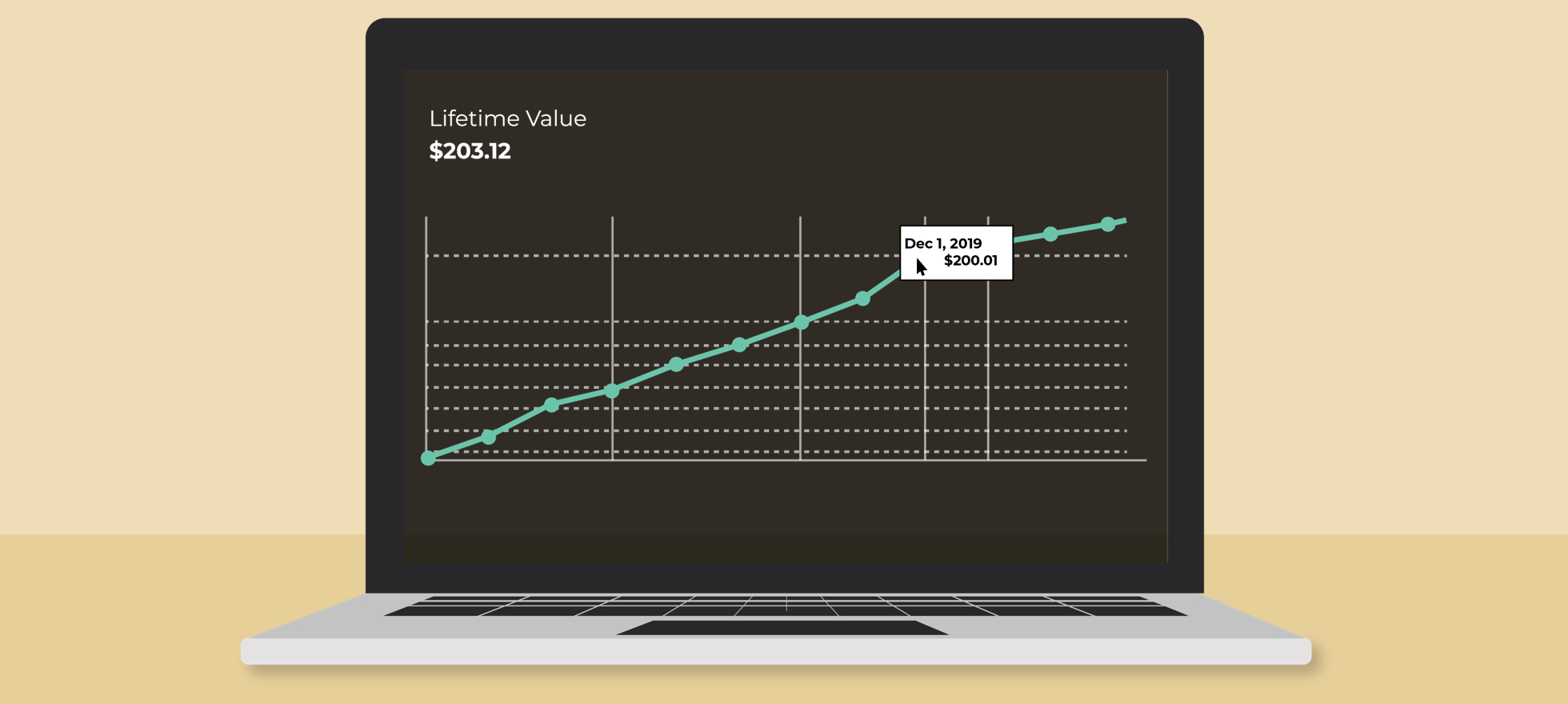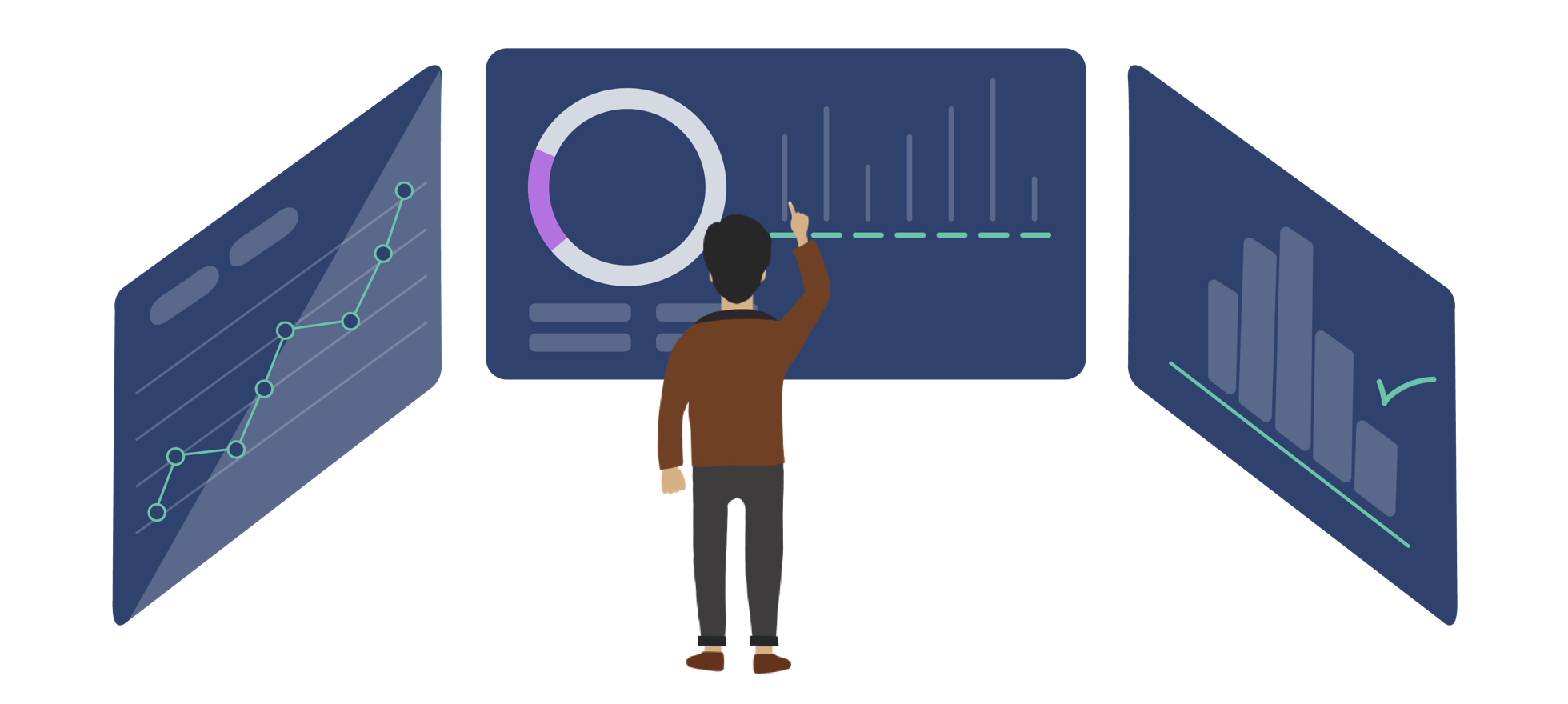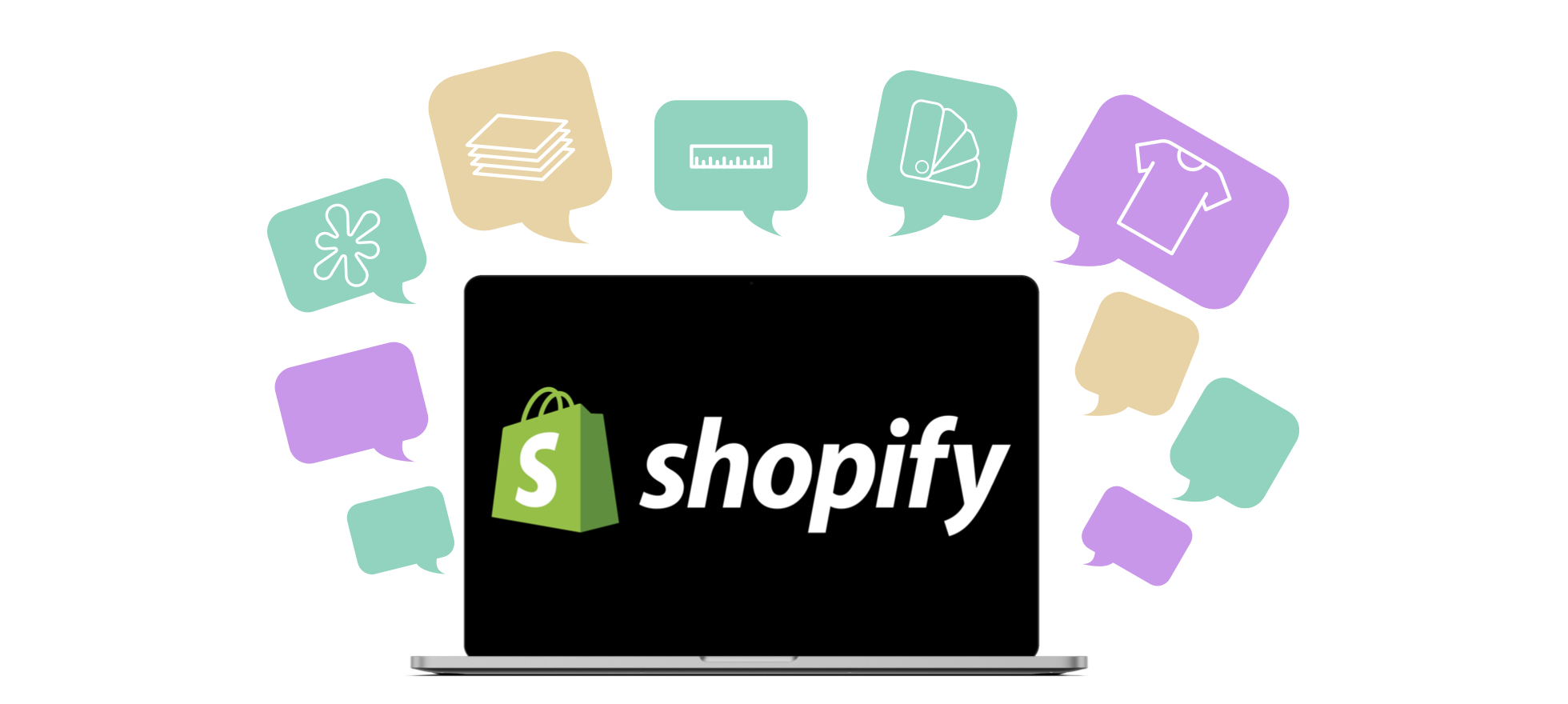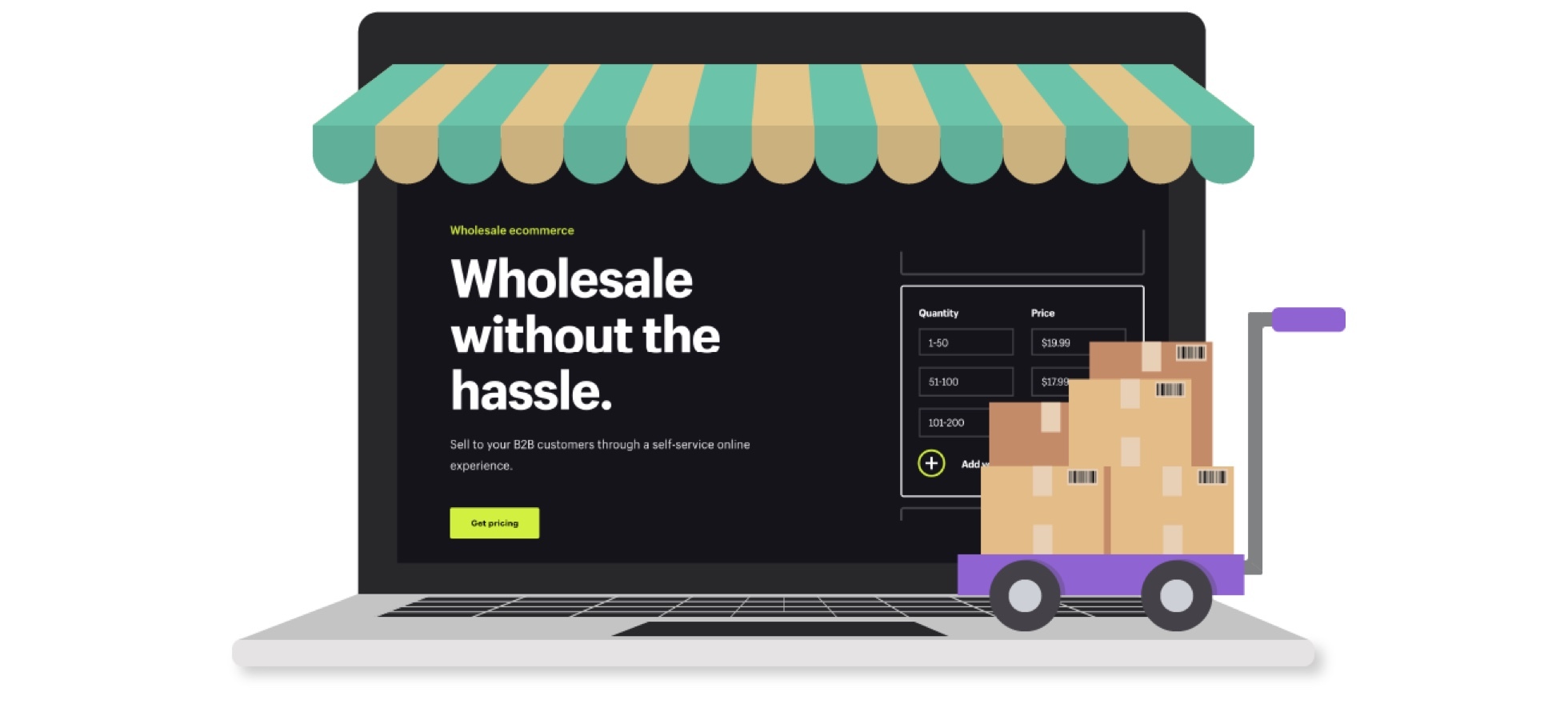This year’s holiday season is going to look different from past seasons, with heavy emphasis on eCommerce versus in-store -- a potential win for tech-savvy DTC brands. Early reports indicate retailers are searching for creative ways to generate shopping excitement online beyond “hot” prices -- such as offering early start dates, exclusive products, personal shoppers, virtual reality, credit/payment plan options, social and gamified interactions, and more.








